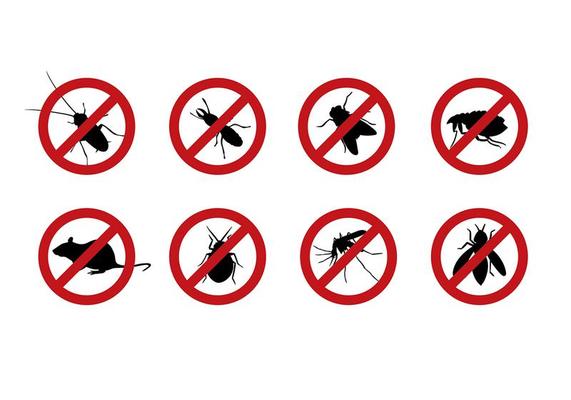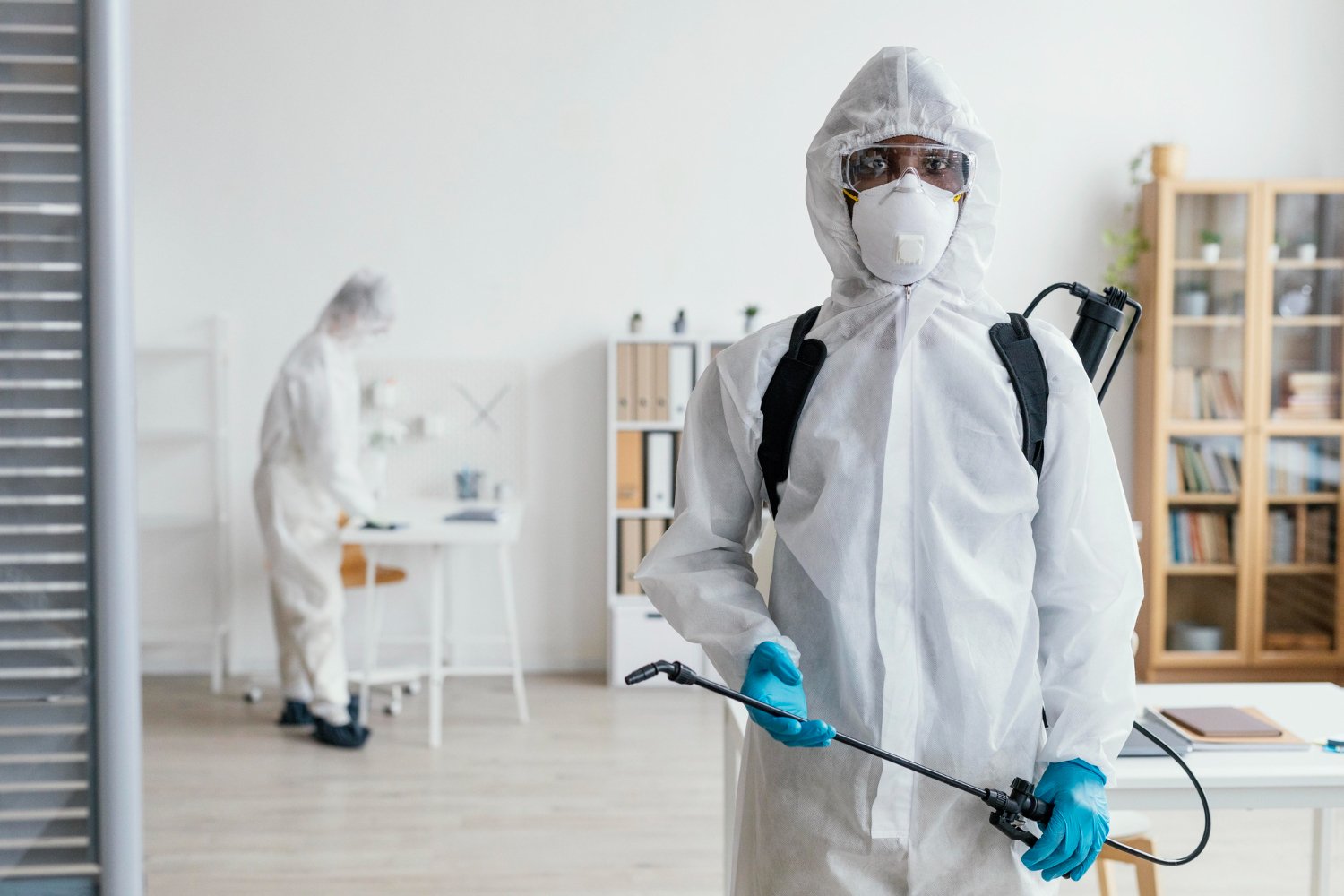Effective Pest Control Strategies Customized by Pest Control Lockhart
Effective Pest Control Strategies Customized by Pest Control Lockhart
Blog Article
Checking Out Problem and Treatment Techniques worldwide of Parasite Control
The landscape of insect control includes a myriad of obstacles, particularly as problems of usual house pests remain to advance. Comprehending the habits and reproductive patterns of these problems is crucial for creating efficient treatment approaches. By integrating safety nets with advanced administration strategies, such as Integrated Pest Monitoring (IPM), property owners can better protect their environments. The performance of these methods may vary dramatically based on certain conditions. What underlying variables add to the success or failure of these methods in various settings?

Typical House Vermin
When it concerns handling our living areas, understanding usual house parasites is essential. These insects not just disrupt our comfort but can additionally present health dangers and damages building. One of the most common family bugs consist of ants, cockroaches, rats, termites, and bed pests.
Ants, usually seen foraging in kitchens, can pollute food and establish big colonies. Cockroaches, understood for their durability, can activate allergic reactions and spread microorganisms. Rats, including computer mice and rats, can trigger architectural damage and lug illness like hantavirus and salmonella. Termites, usually referred to as "silent destroyers," can jeopardize the integrity of wooden frameworks, leading to pricey repairs. Bed insects, although not disease service providers, can trigger substantial pain via their attacks and lead to psychological distress.
Identifying the signs of these parasites, such as droppings, nests, or bite marks, is vital for early intervention (Pest Control Lockhart). Correct sanitation methods, securing entry points, and keeping a clutter-free atmosphere work preventative procedures. By determining these typical household pests and comprehending their habits, home owners can take aggressive steps to alleviate infestations, ensuring a healthier living environment
Understanding Bug Infestations
Bug infestations can escalate swiftly, transforming a small nuisance into a substantial problem if not attended to promptly. Typical aspects contributing to infestations consist of bad hygiene, structural vulnerabilities, and seasonal adjustments that drive pests inside your home.
Recognizing the sort of bug is crucial, as different species show varied behaviors and reproductive prices. Rodents may establish nests in hidden locations while insects like roaches grow in damp atmospheres. Early discovery frequently pivots on acknowledging signs such as droppings, munch marks, or unusual audios, which can show an issue prior to it comes to be extreme.
Ecological problems also play an important function in bug spreading. Cozy, humid climates can facilitate the rapid development of insect populations, while changes in landscape design or construction can inadvertently create conducive atmospheres. Routine examinations and preventative measures are vital to alleviating the risk of problems. An informed technique to comprehending these dynamics lays the groundwork for efficient parasite monitoring approaches in the future.
Treatment Techniques and Strategies
Reliable treatment approaches and techniques are vital for minimizing insect problems and restoring a risk-free setting. A diverse strategy is often best, including chemical, organic, and mechanical strategies tailored to the details pest and the extent of the infestation.
Chemical treatments consist of using insecticides and herbicides, which can effectively remove parasites. Correct application and adherence to security standards are critical to lessen dangers to human beings and non-target microorganisms. Integrated Pest Monitoring (IPM) urges the sensible use chemicals as a last option, counting rather on tracking and limit degrees to determine treatment needs.
Biological control approaches involve presenting natural predators or parasites to decrease parasite populations. This strategy is significantly popular, particularly in agricultural settings, as it advertises environmental sustainability.
Mechanical techniques, such as traps and barriers, provide prompt alleviation from parasites without presenting chemicals. Options include sticky traps for pests or physical barriers for rodents.
Inevitably, the choice of therapy technique ought to take into consideration the details bug, the atmosphere, and potential influence on human health and ecosystems. A balanced combination of these methods can properly handle infestations go to my blog while advertising lasting pest control remedies.
Preventative Steps for Residence
Proactively dealing with bug concerns prior to they escalate is important for keeping a healthy home atmosphere (Pest Control Lockhart). Executing efficient preventative actions can dramatically lower the chance of invasions, inevitably securing both your residential or commercial property and wellness

Proper landscaping also plays a vital duty in prevention. Maintaining hedges and trees trimmed away from your home decreases the opportunities of parasites finding their means indoors. Ensure that drainage systems are functioning efficiently to protect against standing water, which can attract in insects and various other pests.
Lastly, routine evaluations are advisable. look these up Routinely looking for signs of insect activity permits very early treatment. By embracing these precautionary procedures, home go now owners can produce an atmosphere that is much less congenial to parasites, thereby boosting their general lifestyle and minimizing the demand for comprehensive parasite control treatments.
Commercial Parasite Control Techniques
An extensive approach to commercial pest control is necessary for businesses aiming to keep a risk-free and hygienic setting. Efficient strategies involve a mix of regular inspections, worker training, and the execution of Integrated Pest Monitoring (IPM) methods.
Normal inspections allow early detection of parasite activity, permitting timely intervention. Services ought to develop a regular timetable for these assessments, focusing on risky areas such as kitchen areas, storage rooms, and garbage disposal sites. Employee training is equally crucial; team should be enlightened on the indications of pest infestations and the value of reporting them right away.
Executing IPM practices helps minimize bug problems sustainably. This includes habitat alteration, such as securing entry factors and reducing mess, as well as using natural deterrents before turning to chemical therapies.

Furthermore, teaming up with a licensed parasite control supplier guarantees accessibility to specialist knowledge and sophisticated treatment choices. This collaboration can lead to personalized parasite control intends customized to the certain requirements of business, decreasing threats and improving total efficiency. Eventually, a positive and informed approach cultivates a pest-free atmosphere, protecting both public health and organization online reputation.
Final Thought
In verdict, reliable parasite control demands a thorough understanding of common family pests and their habits, paired with targeted treatment techniques. Implementing precautionary actions alongside treatment methods such as Integrated Parasite Management and organic control boosts the capability to minimize infestations.
Report this page